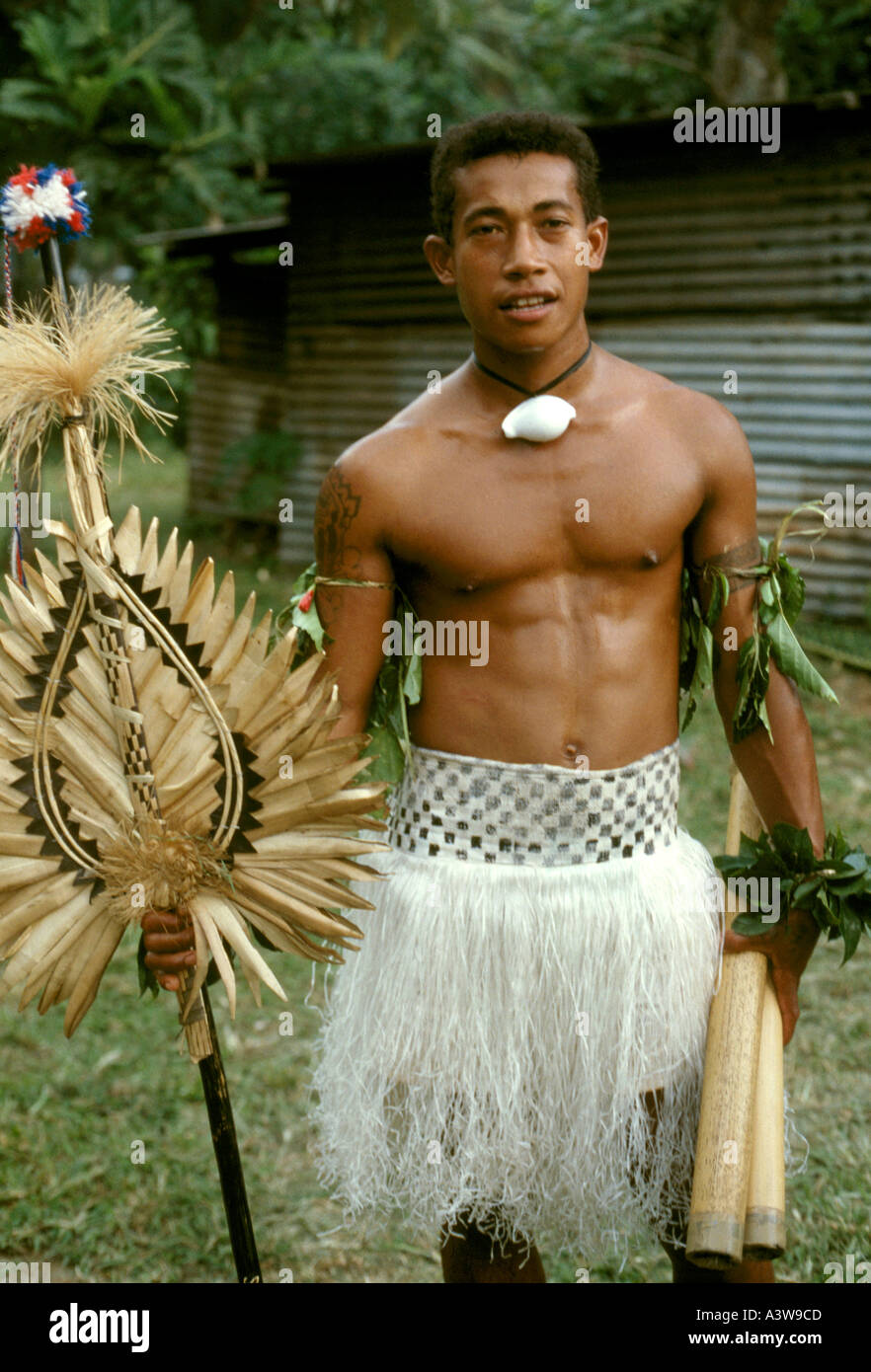
House of Fiji' Island wedding dresses, Polynesian dress, Island fashion
(January 2022) Tradition and hierarchy [ edit] Further information: Fijian traditions and ceremonies Fijian indigenous society is very communal, with great importance attached to the family unit, the village, and the vanua (land). [1] A hierarchy of chiefs presides over villages, clans, and tribes.

Fijian Kalavata Island style clothing, Island fashion, Folk dresses
The traditional Fijian art of mat and basket weaving is alive and well on the islands. It is not uncommon to see people weaving hats, mats, and other materials from durable coconut palm fronds. Voi voi (known also as pandanus leaves) is another popular weaving material—though preparing the leaves can take longer than the actual weaving!

Fijian Samoan Bula Dress Patterns 2018 World Apparel store
In Fiji, sulu is an everyday wrap-around skirt worn by women. It is also a popular item of clothing for special occasions such as weddings. Sulu is made from a lightweight fabric such as cotton or rayon and is available in a variety of colours and patterns. To buy a sulu, you can either go to a local market or shop, or order one online.

Fiji warrior traditional dress Traditional outfits, Island fashion, Fiji people
July 14, 2022 Ready to pack your bags and head to Fiji? This style guide will show you what to wear in Fiji to look and feel your best during your trip! From breezy maxi dresses to stylish swimsuits, you'll be covered for your tropical island vacation. Plus, I've added a packing list, so you don't forget anything important!

Fijian Traditional 21st Birthday attire Blouses for women, Traditional attire, Attire
Traditional Clothing Since Fiji is mostly Christian, most people dress conservatively. For women, that means wearing what they call a "chamba". A chamba is basically a dress with a skirt that goes down to your feet and is normally brightly colored with an islandish design.

Pin by Samuela Cabe on Fijian Wedding Dresses Island wedding dresses, Dresses, Strapless dress
A sulu is a kilt -like garment worn by men and women in Fiji since colonisation in the nineteenth century. Etymology The word sulu (pronunciation: soo-loo) literally means clothes or cloth in the iTaukei language.

Fiji Samoan Wedding, Polynesian Wedding, Island Wedding Dresses, Tapas, Island Wear, Culture
Women adopt a more graceful presence and wear traditional Fijian dresses, where as men move with . warrior-like movements while wearing traditional costumes. Music is added through percussion instruments. Additionally, there are also some Indian and Chinese dances which are performed at some festivals, showing the influence of these nearby.

How to dress like a Fijian YWAM Louisville
Traditional Dress for Special Occasions In Fiji, traditional dress is not limited to everyday wear but also plays a significant role in special occasions and ceremonies. One of the most celebrated events is the Fijian wedding, where the bride and groom don traditional attire that reflects their cultural backgrounds.

Fiji wedding ceremony Island wedding dresses, Traditional outfits, Traditional dresses
Visitors to Fiji can learn basic Fijian phrases such as "Vinaka" (thank you), "Moce" (goodbye), and "Yadra" (good morning) to connect with the locals and show respect for their culture. Experiencing Fijian Food and Drink Fijian cuisine is a reflection of the country's diverse cultural influences.

Fijian style Island Wear, Island Outfit, Polynesian Men, Polynesian Designs, Fijian Clothes
The 1970s was RETRO from the Hippie influence like Afro hairstyles and bell-bottoms to radical chic from Hollywood in platform shoes, mini denims, tie-dye and glitz to a generation of flashing neon and punk. The "Dragon" and "Lucky Eddies" night-club in Suva was the runway for this consumerism. In Fiji and the Pacific after years of.

Traditional Fijian wedding Chloe Jackman Photography Culture clothing, African fashion
The most recognizable item of Fiji's traditional dress is the sulu, a skirt- like garment worn by both men and women. While the sulu is the most commonly seen item of Fiji's traditional dress, there are also a number of other items that are worn by Fiji's men.

fijian sulu n jaba. Tapa Print. photo taken by fotofusion New Dress Pattern, Pattern Dress
Culture Name Fijian Orientation Identification. The Republic of the Fiji Islands is a multicultural island nation with cultural traditions of Oceanic, European, South Asian, and East Asian origins. Immigrants have accepted several aspects of the indigenous culture, but a national culture has not evolved.

A young Fijian is dressed in traditional costume at Waiyevo on the Stock Photo 2021836 Alamy
Fijian people traditionally wear a sulu, which is a piece of cloth that is wrapped around the waist and goes down to the knees. The sulu is usually made of a lightweight material such as cotton or silk. Men may also wear a shirt over the sulu. Women often wear a blouse or a dress over the sulu.

Island Day Trips Likuri Island Resort Fiji
4 Traditional Fijian Chief's Costumes Sponsored Announcement Typical traditional attire for men Typical traditional attire for men, and two types of Masi Cloth. For Men in the nineteenth century, the most common article of clothing for Fijian men was the malo, or masi very similar to a male loincloth in appearance.

Traditional Fijian Attire Fiji people, Polynesian culture, Beautiful fiji
Fijian tradition and ceremony is a living way of life that has evolved as the Fijian nation has modernised over time, with various external influences from Pacific neighbours, and the European and Asian society.

Fiji costume Traditional outfits, Fiji clothing, Traditional dresses
Traditional Hindu clothing for women consists mainly of the sari (saree) and the salwar kameez. Women Sari The sari is a brightly colored material that is wound and pleated around the waist so that it covers the legs, with an underskirt or petticoat beneath it of a matching color/pattern.